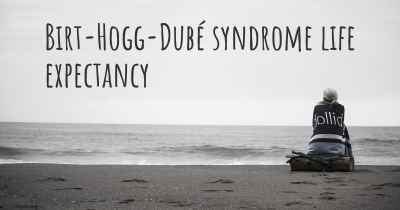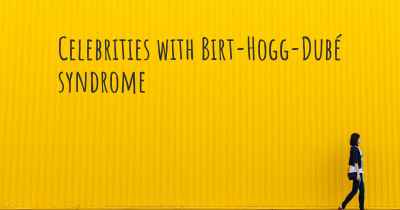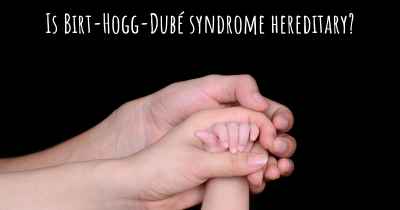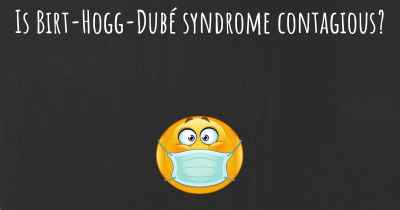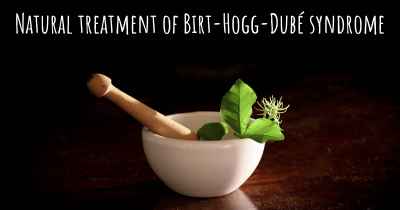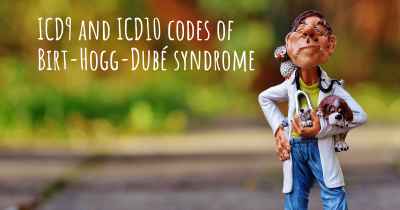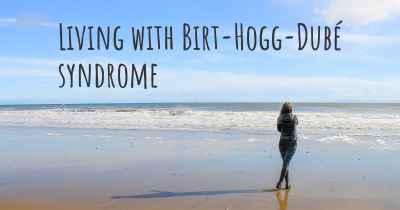Which are the symptoms of Birt-Hogg-Dubé syndrome?
See the worst symptoms of affected by Birt-Hogg-Dubé syndrome here
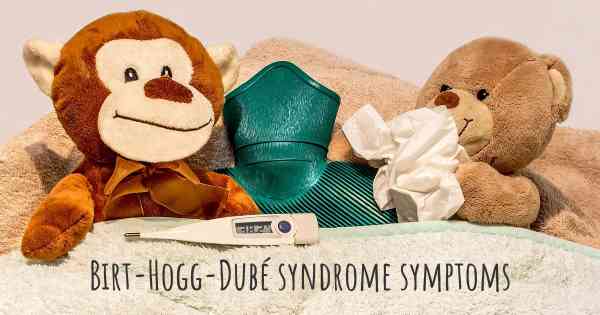
Birt-Hogg-Dubé syndrome (BHDS) is a rare genetic disorder that primarily affects the skin, lungs, and kidneys. It is caused by mutations in the FLCN gene, which is responsible for producing a protein called folliculin. This protein plays a crucial role in regulating cell growth and division.
Skin Symptoms:
One of the hallmark features of BHDS is the development of multiple noncancerous skin tumors called fibrofolliculomas. These small, dome-shaped growths typically appear on the face, neck, and upper body. Fibrofolliculomas are usually flesh-colored or slightly reddish and have a smooth or slightly bumpy texture. They are typically painless but can cause cosmetic concerns.
Lung Symptoms:
BHDS can also affect the lungs, leading to the formation of cysts. Pulmonary cysts are small, air-filled sacs that develop within the lung tissue. In some cases, these cysts may cause no symptoms and go unnoticed. However, larger cysts or a higher number of cysts can lead to respiratory issues such as shortness of breath, coughing, or recurrent pneumothorax (collapsed lung). Pneumothorax occurs when air leaks into the space between the lung and chest wall, causing the lung to collapse partially or completely.
Kidney Symptoms:
BHDS is also associated with an increased risk of kidney tumors, particularly a type called renal cell carcinoma (RCC). RCC can develop as a single tumor or multiple tumors in one or both kidneys. These tumors may be benign (noncancerous) or malignant (cancerous). Individuals with BHDS may also develop kidney cysts, which are fluid-filled sacs that can affect kidney function if they become large or numerous.
Other Symptoms:
In addition to the primary symptoms mentioned above, BHDS can present with various other features:
- Spontaneous pneumothorax: Individuals with BHDS may experience recurrent episodes of pneumothorax without any apparent cause or trauma.
- Colon polyps: Some individuals with BHDS may develop polyps in the colon, which are abnormal growths that can increase the risk of colorectal cancer.
- Facial angiofibromas: These small, reddish or flesh-colored bumps can appear on the face, particularly around the nose and cheeks.
- Lipomas: BHDS may be associated with the development of benign fatty tumors called lipomas, which can occur in various parts of the body.
- Renal cancer in family members: A family history of renal cancer, especially at a young age, may be present in individuals with BHDS.
Diagnosis and Management:
BHDS is typically diagnosed based on clinical features, family history, and genetic testing to identify mutations in the FLCN gene. Genetic counseling is recommended for individuals with BHDS or those at risk of inheriting the condition.
As BHDS is a multisystem disorder, a multidisciplinary approach involving dermatologists, pulmonologists, nephrologists, and other specialists is crucial for managing the condition. Regular monitoring of lung function, kidney function, and skin lesions is important to detect any changes or complications.
Treatment:
There is currently no cure for BHDS, and treatment primarily focuses on managing the associated symptoms and reducing the risk of complications. Treatment options may include:
- Surgical removal: Fibrofolliculomas, lung cysts, and kidney tumors may be surgically removed if they cause significant symptoms or pose a risk to organ function.
- Pneumothorax management: Recurrent pneumothorax may require interventions such as chest tube insertion or pleurodesis to prevent lung collapse.
- Renal cancer management: Treatment for renal cell carcinoma may involve surgery, targeted therapies, immunotherapy, or other approaches depending on the specific characteristics of the tumor.
- Screening and surveillance: Regular imaging tests, such as CT scans or ultrasounds, may be recommended to monitor the kidneys and lungs for any changes or new developments.
Conclusion:
Birt-Hogg-Dubé syndrome is a rare genetic disorder characterized by skin fibrofolliculomas, lung cysts, and an increased risk of kidney tumors. While the symptoms can vary among affected individuals, early diagnosis and appropriate management are essential for minimizing complications and improving outcomes. Genetic testing and regular medical follow-ups are crucial for individuals with BHDS and their at-risk family members.
Posted Mar 4, 2017 by Keith 1002
Posted Mar 4, 2017 by BillD 1053
Posted Mar 4, 2017 by Marie 302
